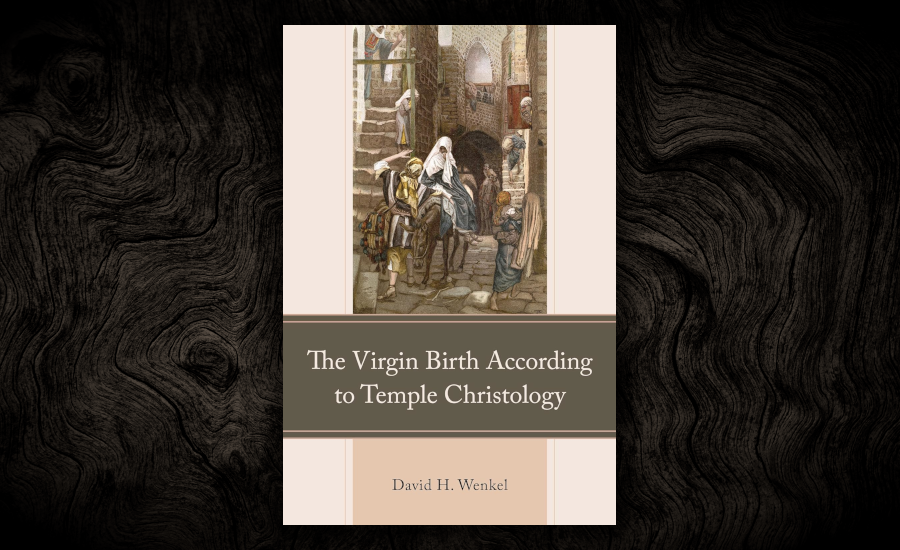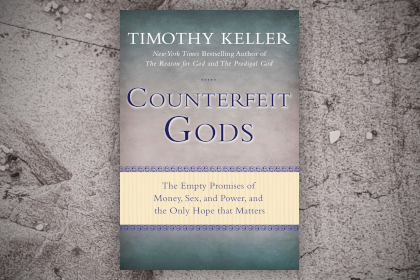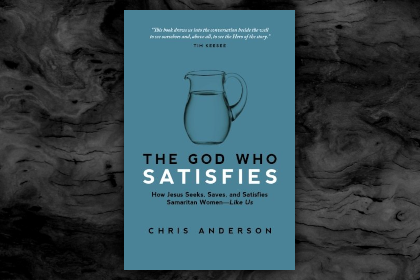Book Summary: The Virgin Birth According to Temple Christology
Image

The virgin birth of Christ has always been proclaimed as a doctrine to be believed by the church. It is heralded as a historical event which must be accepted as a fundamental or core truth of the Christian faith. For example, The Apostles’ Creed states:
I believe in Jesus Christ, his only Son, our Lord, who was conceived by the Holy Spirit and born of the virgin Mary…
Similar statements appear in The Nicene Creed, The Chalcedonian Creed, and The Athanasian Creed.
Despite a long history of its proclamation, this doctrine is not often explained. Most Christians who adhere to the fundamentals of the faith know that there was a virgin birth, but it is simply not clear why Jesus’ incarnation had to occur this way.
This study offers a fresh look at this unique and important event in salvation-history and suggests a constructive reason for it that is based on Jesus’ identity as the temple of God and on a typological reading of temple building across the canon. The central thesis is that Jesus had to be conceived to a virgin mother by the immediate act of the Holy Spirit because of his identity as the heavenly temple of God.
This study focuses on the intersection between the doctrine of the virgin birth and the theological category of Temple Christology. It attempts to explain why Jesus-the-temple had to have a virgin mother by considering Jesus’ unique status as the temple of God who was “made without human hands.” According to this argument, the virginal conception of Jesus was necessary because the incarnation was a divine act of temple construction.
The argument is presented as a categorical syllogism in three parts:
- Major premise: A heavenly temple must be constructed directly by the Spirit
- Minor premise: Jesus is a heavenly temple
- Conclusion: Jesus had to be conceived of a virgin directly by the Spirit because of his identity as a heavenly temple.
An addendum to this argument acknowledges that there is a “move” between the terms “constructed” in the major premise and “conceived” in the concluding premise. The argument as presented demonstrates that this move is both legitimate and sound.
One of the key sources for the exegesis in this volume is the Gospel of John (1:14; 2:21), where Jesus clearly identifies himself as the “temple” of God. Biblical texts such as these are used to establish a dogmatic model of “temple Christology.” This movement from exegesis to systematic theology aims at formulating a scriptural model of the incarnation that takes into account the entire Christian canon. Terms such as “Messiah-temple” and “Jesus-the-temple” are used interchangeably.
Each of the Synoptics testifies to Jesus’ identity as the “Messiah-temple” in unique ways. For Matthew (12:6), Jesus is greater than the physical temple building in Jerusalem. For Mark (14:58), Jesus is the temple that will be destroyed and be built again in three days. Luke closely associates Jesus with the physical temple building in Jerusalem so that for Jesus it is “my father’s house” (2:49; also see 22:52-53). Thus, Luke portrays God as having aligned purposes for his temple in Jerusalem and with Jesus so that they are unified. This study begins with the clear affirmation that Jesus is the temple of God and then proceeds to ask: how would this temple-messiah be constructed?
The first section of the book provides the foundation for the argument. It offers foundational definitions and clarifies presuppositions for the study. This section also offers a map to guide the reader through some methodological issues as it seeks to present a compelling case for the necessity of the virgin birth based on temple Christology. This section also advances the discussion of typology by locating the salvation-historical mystery of the virgin birth within the poles of divine concealment and revelation.
The second section of the book presents data from across the Old Testament. These passages demonstrate that an eternal place of Yahweh-worship must be built by the Spirit himself—without human hands. A study of the construction of places of Yahweh-worship, including primitive altars, the tabernacle, Solomon’s temple, and The Second Temple all anticipate a future and final temple that would be made without human hands.
The third section provides a summary of the argument in one final chapter. It synthesizes various parts of the present study and restates the argument for the necessity of the virgin birth (virginal conception) in light of Jesus’ identity as the temple of God. This constructive consideration of the virginal conception of Christ engages in dialog with key figures from historical theology. This study goes beyond the theology of the Apostles’ Creed, but not against it. It does not seek novelty for its own sake, but doctrinal explication through theological formulation and exegesis.
Find the book at …
Amazon | Google Books | Bloomsbury | Logos
David Wenkel Bio 2022
David H. Wenkel lives in the Chicago area with his wife and children. He holds a PhD in NT theology from Univ. of Aberdeen, Scotland, as well as ThM and MA from Trinity Evangelical Divinity School. He serves as Research Fellow in New Testament at LCC International University (Lithuania).
- 146 views


Discussion